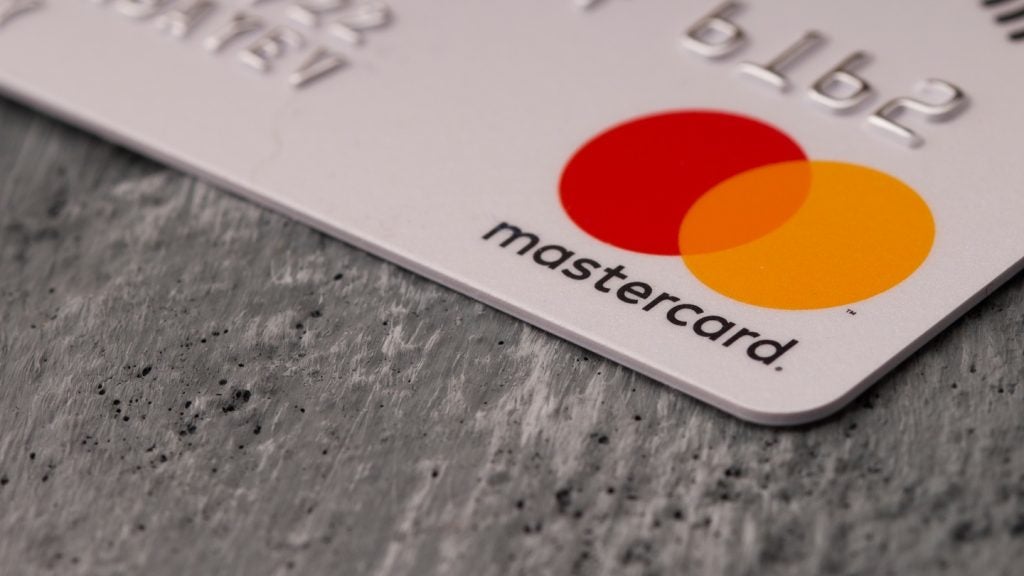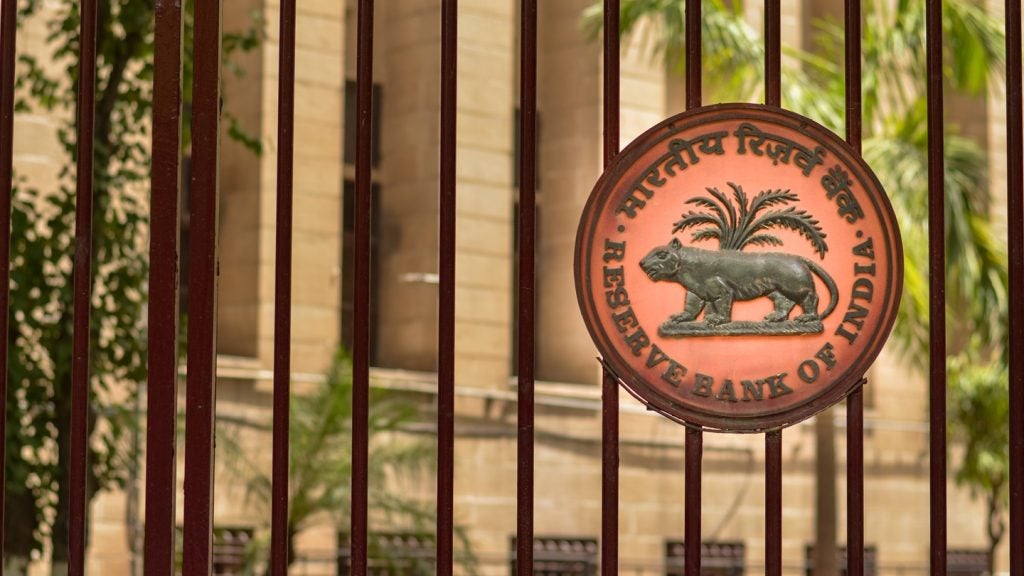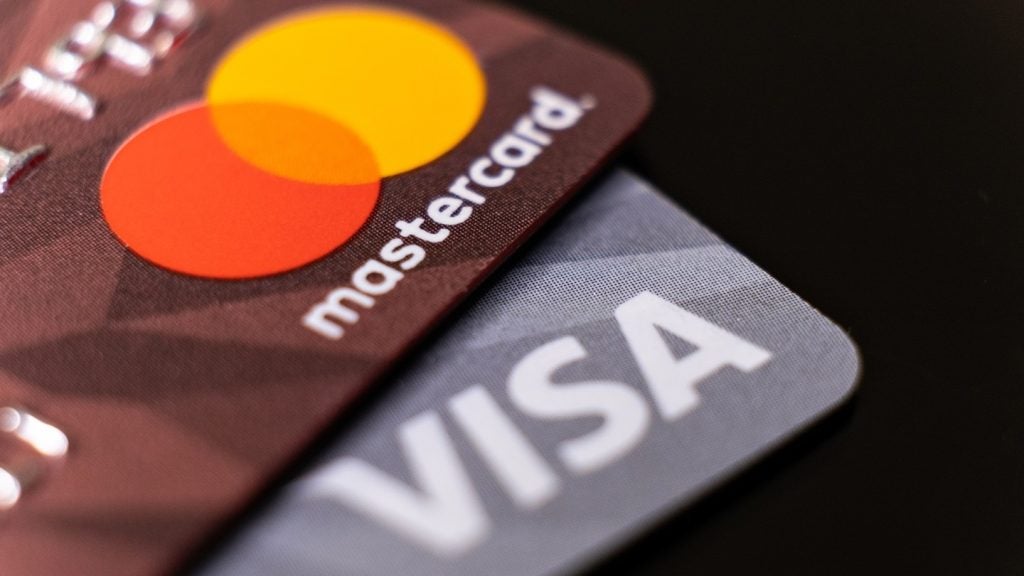The improvement in default and late payment
rates on credit cards in the US is likely to continue, with rates
dropping further in the next few months and reaching a plateau by
year-end, industry experts have said.
A recent series of regulatory filings by six
of the biggest US card issuers has shown that May payment rates for
most issuers were down to figures seen before the Great Recession
and defaults are moving to normal levels. Fitch Ratings, who tracks
the securities backed by credit card balances, has predicted in its
April 2011 performance report that the rates will continue to
drop.

Access deeper industry intelligence
Experience unmatched clarity with a single platform that combines unique data, AI, and human expertise.
“[Late payment and defaults] will plateau
in some time and that is a good thing,” Cynthia Ullrich, senior
director for asset backed securities at Fitch, told Cards
International.
“You wouldn’t want default rates to reduce too
far because that would mean banks are being too conservative.”
Lower late payment numbers, or delinquencies,
is a positive sign for default or charge-off rates as they are
considered future default indicators. After payments reach 180 days
late, banks usually write off credit card balances as
uncollectible.
Industry experts believe the reason for this
improvement is a combination of customers becoming prudent about
their credit card use and banks being more cautious. While most
issuers have increased offers for potential customers, no major
bank is targeting the lowest credit scores group.

US Tariffs are shifting - will you react or anticipate?
Don’t let policy changes catch you off guard. Stay proactive with real-time data and expert analysis.
By GlobalData“Since the implementation of the CARD Act,
issuers have become more selective,” said Christine Pratt, senior
analyst for research and advisory firm Aite Group.
“Consumers are not borrowing and the ones that
you want to lend to continue paying down their balances.”
At 3.2% of annualised balances, American
Express had the lowest default rate for May. Discover (4.82%) and
Capital One (4.84%) followed. For Amex, the rate of payments
late by 30 days was better than before the crisis, at 1.6% of
balances on an annualised basis.
JPMorgan Chase reported a rate of 2.66%, last
seen in mid-2006. Discover posted 2.88%, its best rate in over four
years.
Even the highest reported default rate, Bank
of America’s 8.03%, was back to numbers seen at the beginning of
recession. Citibank’s 7.81% – though above the bank’s pre-recession
numbers – was below its 11.46% rate seen a year ago.
Michael Dean, managing director at Fitch
Ratings, says these current trends “continue to paint a good
picture”. Pratt expects to see delinquency rates stabilise soon and
default rates fall slightly in 2012.
Recent Federal Reserve data show that
charge-offs dropped to 6.96% in the first quarter of 2011, compared
to a 10.97% peak in the second quarter of 2010.







